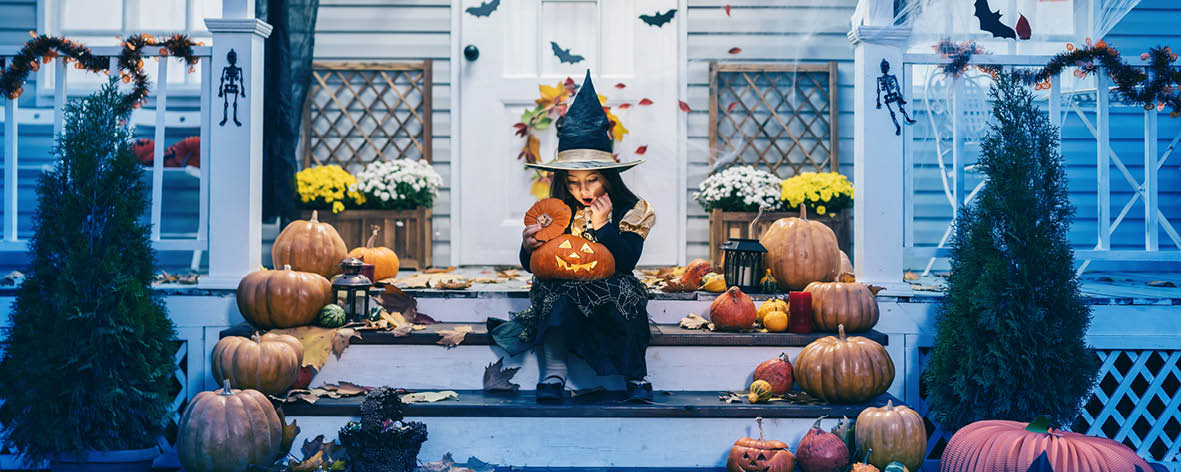The history of Halloween … an ancient festival made modern

Although today, Halloween is primarily focussed on costumes and trick or treating, its origins date back 2000 years, to the ancient Celts. So, as you prepare for the Halloween festivities, let’s take a look at how Halloween came to be.
The ancient Celtic festival Samhain is where Halloween began. The Celts celebrated their new year on 1 November, a date that marked the changing of seasons and the beginning of winter. The Celts also believed that the boundary between the worlds of the living and the dead was thin at this time and that on the night of 31 October the ghosts of the dead returned to earth. The Celts built bonfires where they burned crops and animals as sacrifices. They also wore costumes to disguise themselves from the ghosts and made lanterns by hollowing out pumpkins.
In 609 A.D., Pope Boniface IV established the Catholic feast of All Martyrs’ Day which was later expanded by Pope Gregory III to include all saints and moved from 13 May to 1 November. With the spread of Christianity into Celtic lands the old Celtic rites were gradually replaced with religious celebrations. The name “Halloween” comes from these early celebrations where the night before All Saints’ Day was referred to as “All Hallows’ Eve”, hallows meaning “saints”. All Hallows’ Eve, was eventually shortened to “Halloween”.
Halloween became popular in America in the second half of the 19th century when Irish immigrants fleeing the Potato Famine arrived in the country and helped popularise the Halloween celebration. The concept of trick-or-treating also derives from ancient traditions where people would dress up as saints and sing songs door to door. Children would also visit homes asking for “soul cakes”, a biscuit-type of treat. During the first half of the 20th century this practice of visiting neighbours was revived in the United States, with the focus on a community celebration and children being provided with treats.
Today, Halloween celebrations have spread around the world with countries including Canada and Australia joining in the spooky celebrations. In Mexico, Latin America, and Spain, Día de los Muertos (the Day of the Dead) is commemorated with a three-day celebration that starts on October 31. The day has also become a commercial success with Americans estimated to spend $6 billion annually on Halloween, making it second only to Christmas. In 2019 Australians spent an estimated $159 million on Halloween chocolate and confectionery products.

